Simon Halfon
The man behind music’s most iconic designs
Simon Halfon – The man behind music’s most iconic designs

»To sit there with Peter Blake and Pete Townshend in this tiny kitchen at Pete’s studio one afternoon was just great.«
Your enthusiasm for record sleeve design started very early with the ‘BEATLES for Sale‘ album when your were a child. Could you tell us a bit more about that?
My grandparents gave it to me as a gift and I must have been four or five years old. I don’t think I appreciated it musically until I was much older but I just sort of stared at it and was sucked into that sleeve and gatefold with the record that went inside. It was a really special record for me and still is.
Which records were the first you bought when you were a teenager?
So, Punk and New Wave came along and that was important for me. The first records that I bought were “Sex and Drugs and Rock and Roll” by Ian Dury, “Watching the detectives” by Elvis Costello and the Tom Robinson Band were also big bands for me.
And all of a sudden you found yourself as a kid in the office of Stiff Records …
Yeah, I used to go into Stiff on my way home from school and I used to collect badges and posters. I loved the vibe there while it was fun to pop in and grab a handful of badges. Two or three years later I started off working in the post room there and in the end they gave me a chance to work in their art department.
That’s were I first met Neville Brody as he used to work there. Some time after he left Stiff, Neville asked me to work for him as an assistant, which I did. That was a very positive experience for me because that was really how I learned to be a designer while working for Neville at The Face.
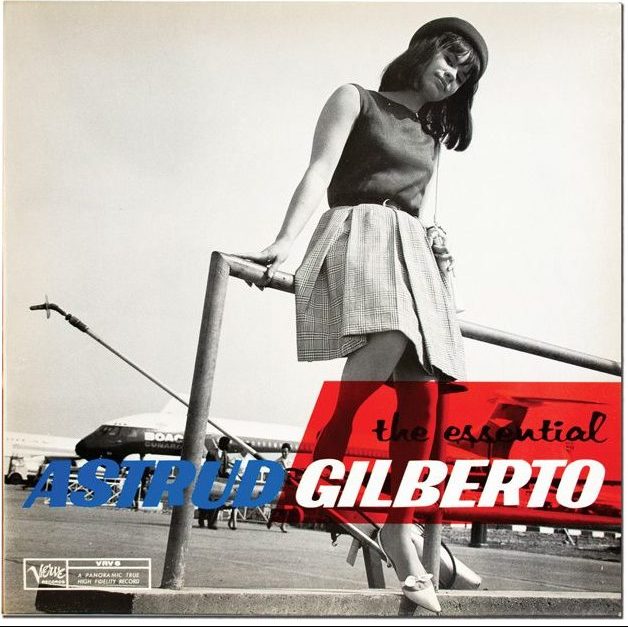
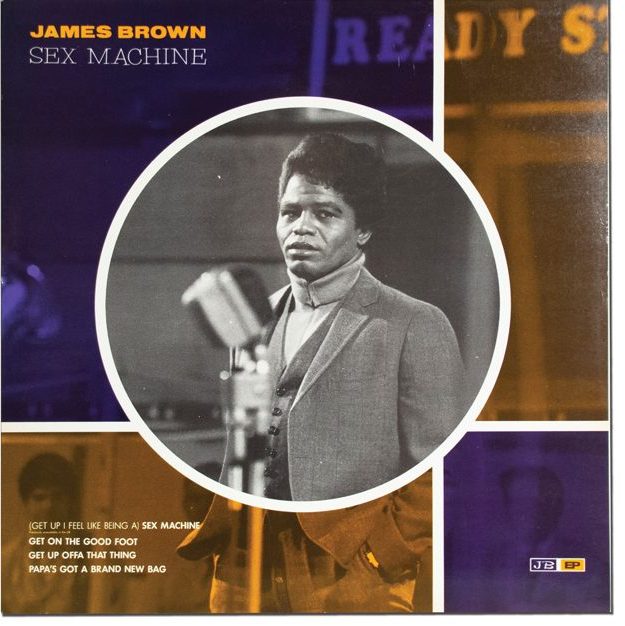
At that time, according to your book, you were part of a clique of people you went out with in Soho and you met Paul Weller. How did that happen?
I started hanging out together with a bunch of people which was a cross-over between musicians, journalists and designers. I guess it was that kind of tail end of the punk era which led into a bit of a Soho scene, the St. Martins crowd, Spandau Ballet and all the people who were around there. You sort of bumped into lots of different interesting people everywhere. It was around that time when I first met George Michael and Andrew Ridgeley as well, by the way.
There were lots of little groups but they kind of intertwined. There was for example Peter Barrett who was designing record sleeves for Dexy’s Midnight Runners and Banarama and we were good friends. He did the last The Jam Single‚ ‘Beat Surrender‘. I helped him out a little on that and that’s how I kind of got involved with that. Plus, I became friendly with Gary Crowley and Paolo Hewitt and they knew Paul so we started hanging out together from time to time.
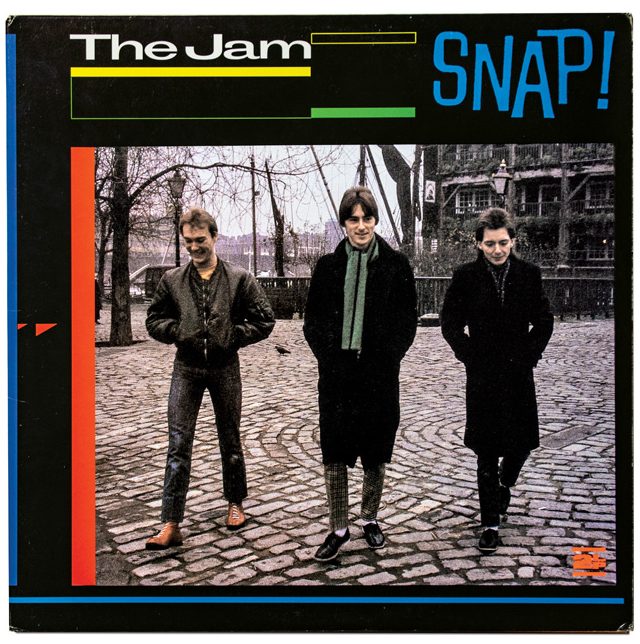
For the sleeve design of the very first single of Paul’s new band The Style Council, you chose black and orange – these were the colours that defined the Style Council’s design throughout their whole career. Was it an exception that you were responsible as a designer for their whole design throughout this time?
Yes, that’s quite unsusual indeed. There aren’t many designers that have designed an entire band’s output. Sure, there are a few like Mark Farrow, the guy that designed the Pet Shop boys and Linder Sterling who did the cover art work for The Smiths but these are the only ones I can think of in this context. I’m not sure if they worked on the entire catalogue of releases, for me in the end, it was a sort of privileged position to be in, really.
The Orange Album (‘The Cost of Loving‘ by The Style Council) seems to us as a reference to Richard Hamilton’s cover art for The Beatles ‘White Album’. Is that true?
That was exactly what it was! It was just done as a sort of homage and tongue-in-cheek-joke amoungst ourselves but the record company hated it and a lot of people didn’t get it. It was brave of the band to do that and it still is, from my point of view, a good design.

How did you collaborate with Paul Weller on the design?
He had a lot of sketches of how he wanted things to look. Paul often had the idea for the sleeve before he recorded the album or the single. He was very hands-on, open and collaborative but with a very clear idea in his head of what he wanted.


When the 80s ended, you went to Los Angeles, how did that happen?
I fell in love with Los Angeles the first time I went there in the 80s and one day Rob Kahane, the manager of George Michael, said to me that he would do his best to help me get a job.
So he set me up for a couple of interviews and one of them offered me a job there and then. They wanted me to start in a month. So I went home, packed my things and wentto live in LA for five and a half years.
And this was the time when you not only started working with George Michael but you both became close friends either, right?
Yes, he lived in Los Angeles at the same time and we spent a lot of time together. He is one of the good guys, definitely.
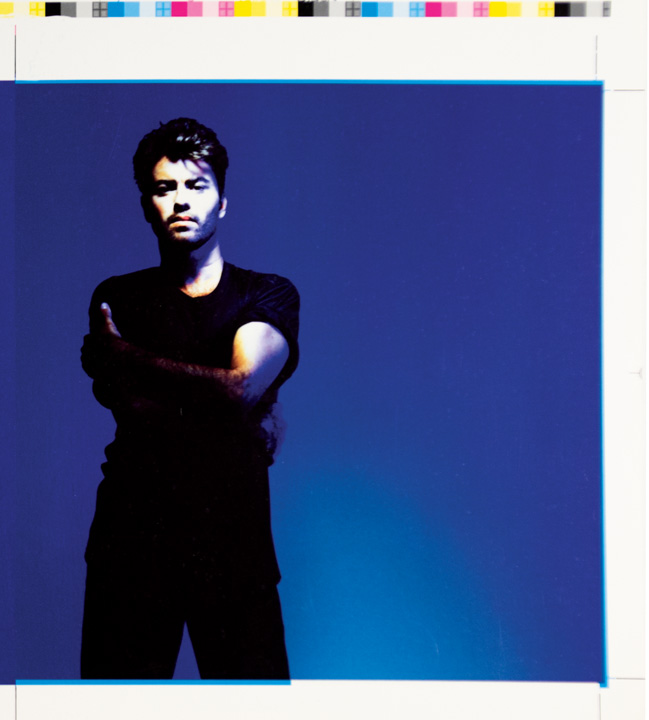
Could you tell us how that famous “Listen Without Prejudice Vol 1” album design came about?
Originally, George wanted the cover design to be a plain blue sleeve without any pictures of him on it. This was going to be the record he wanted people just to judge on the music. So, he said to me: ‘Let’s get some proofs done, I will pay for them.‘ After some time we sent the first layouts with this ‘beautiful’ blue and silver design overnight to his manager and a day later I got a call from him. The first thing Rob Kahane said was: ‘Are you fucking kidding me?!‘ and basically just said, that the big players like WalMart etc. won’t stock it and this would turn into a career suicide.
So we had to rethink the idea and George and I sat together again and talked about other design solutions as we flicked through a book that was an anthology of 20th Century photography, a book that I had just given George for his birthday. And when we saw an image the photographer Weegee made on Coney Island in 1940, we both looked at each other and said: well, that’s the cover!
But this layout was breaking the rules as well, as it didn’t show Goerge at all. How did you get away with it?
His manager was just pleased to have something that wasn’t a solid colour. So ‘Listen Without Prejudice‘ was such a great record and therefore the design I suppose became iconic and has stood the test of time. It’s one of my favourite things that I played a small part in.

When reading your book, one gets the impression that George Michael was a very approachable and very kind man…
Yes, as I said, he was really one of the good guys. There was nothing ‘starry’ about him at all. He was fun to be around and he just enjoyed life. I think by that point when we spent time together in LA he was already dancing to his own beat if you like. He toured when he wanted to tour, he made a video if he wanted to make one, he didn’t do interviews and he was comfortable enough in his own situation. He enjoyed himself because he wasn’t on a treadmill anymore.
Before that when he was making ‘FAITH‘, he was really under a lot of pressure. That album was a huge success and he became a big star as a result, but I think that was during that time that he realised he didn’t want to be that guy – the teen idol – anymore.
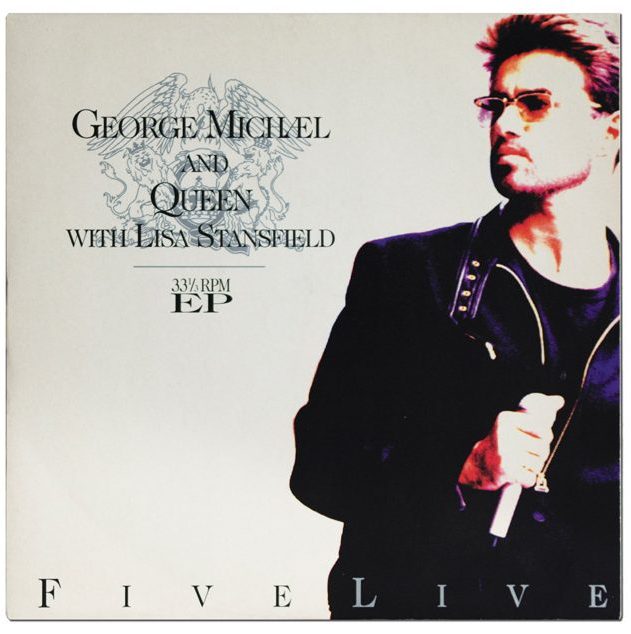
What about your collaborations with Peter Blake?
I have worked with Peter three times. It was a great experience working with him. The first one was ‘Stanley Road‘ the Paul Weller LP with him, Next we did ‘Stop the clocks‘ the best of for Oasis and then ‘WHO’ for The Who… To sit there with Peter Blake and Pete Townshend in this tiny kitchen at Pete’s studio one afternoon was just great. They both told lots of stories and I just sat there with a big grin on my face enjoying every minute.

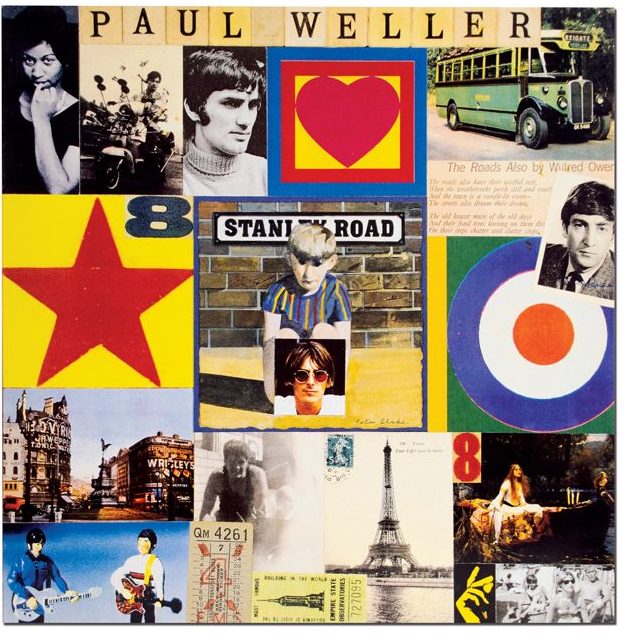

Talking about Oasis. How was it to work with these guys?
They all made me feel extremely welcome in their world. The door was always open and I never took that for granted either, as I always kind of realized that this is a fantastic experience. It really was ten years of a fabulous working relationship with the the band where we became good friends and that culminated in the Oasis-documentary ‘Supersonic‘.
Noel asked me to do the film and it turned out to be a great experience. Mat Whitecross the director did a magnificent job making a film that exceeded all our expectations. The band loved it, the fans and even the critics loved it. In other words: I was very lucky with that.
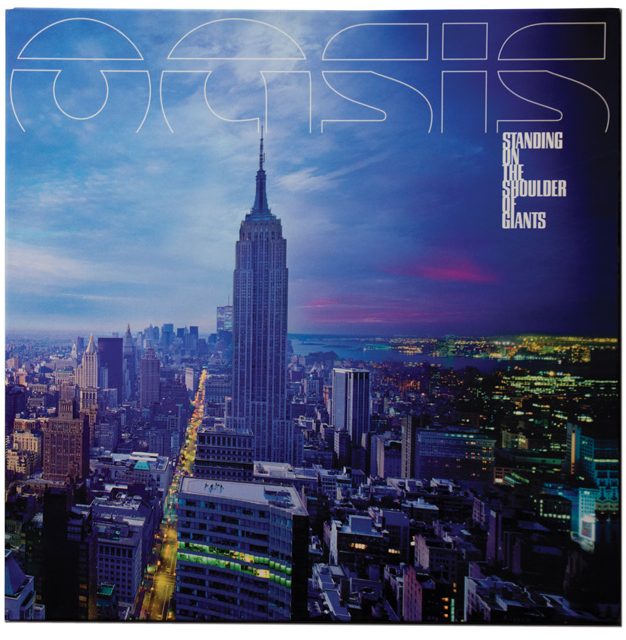
How did the decision to do the book ‚ ‘Cover to Cover‘come about?
The Lockdown gave me the opportunity to go and clear all of my archive. So while clearing it out I kind of realized that there was a lot of stuff there. At the same time I got involved in the Tim Burgess Twitter Listening Parties for ‘Café Bleu‘ and ‘Our favourite Shop‘ and a lot of people encouraged me to present all the sketches and bits and pieces from that period in a book.
So, I put the idea on Kickstarter and it met it’s target within six hours which gently forced me into really doing it ! I am really proud of the book and we are looking to do a second print run. I am talking to some printers right now and I think about doing an extended version with some extra stuff in it that didn’t make the first time edition.
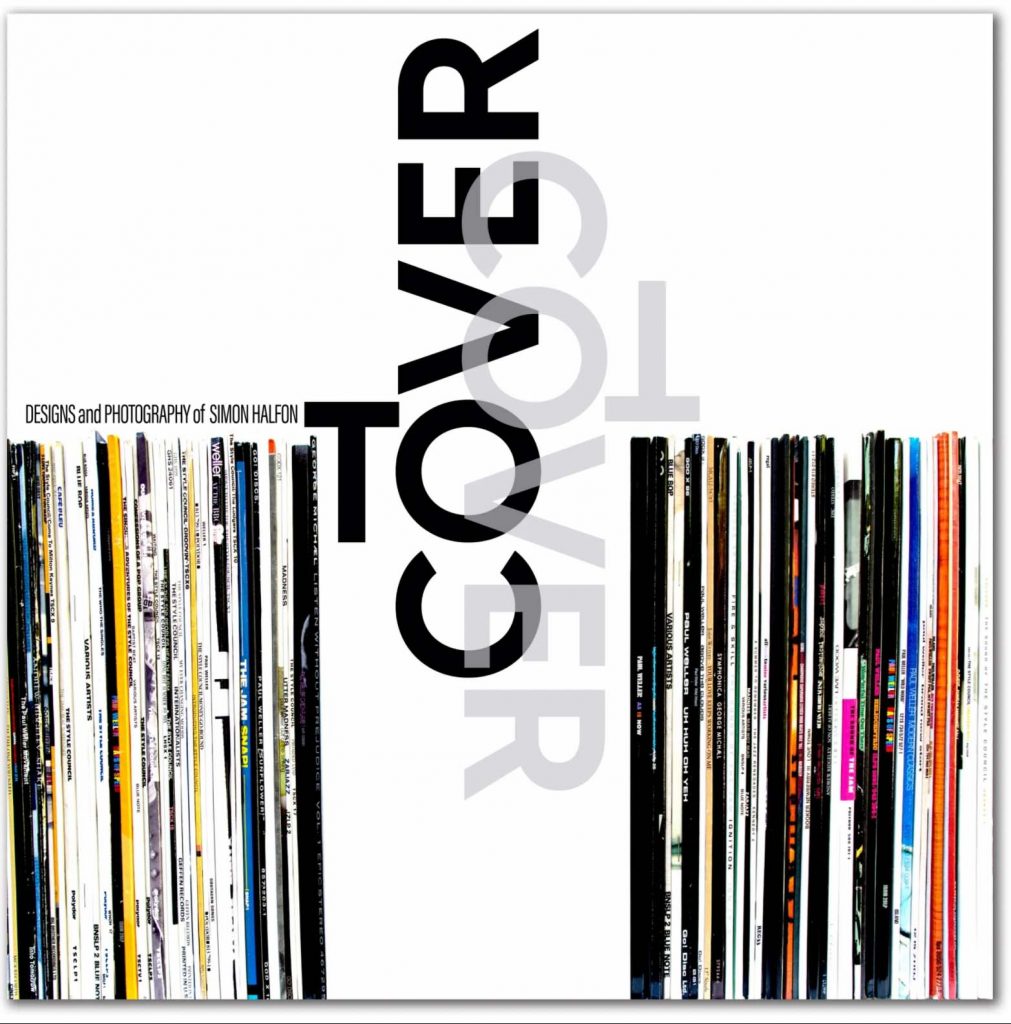
We can’t finish the interview without talking about 2007. You produced the film ‘Sleuth‘, a thriller with Michael Cane and Jude Law. How did that happen?
Again that was a fabulous experience. I got to know Jude Law while living in Los Angeles when he was just starting out. We wanted to work on a project together. I had always loved the original thriller ‘Sleuth‘ from 1972 with Michael Caine and Laurence Olivier and I suggested the idea of re-making this hidden classic to Jude. He loved the idea and we both thought that it would be great if Michael Caine would star in it again, but this time palying the older role. (Editor’s note: Caine played the younger part in the 1972 version). And as luck would have it, quite soon after that,
Jude went to a dinner and Michael Caine was there and Jude mentioned to him that we were looking to remake ‘Sleuth’ and at the end of the evening Michael Caine came over to Jude before he left and said: “Keep me posted on that, I am interested…” So it kind of came together pretty quickly and then Kenneth Branagh came on board to direct it. Ken is a super smart, both lovely and very funny man to work with. I just re-connected with him as I sent him a copy of my book which he loved and I’ve been working with him on a book project for his next film.
What are you currently into? What are your recent projects?
I just put the finishing touches to the ‘Supersonic’ book which I am not designing but I am sort of putting all together. It will come out in October 2021 as a proper hard-cover book and it’s got all the interviews it it. We had sixteen hours of interview for Supersonic with Noel and twelve with Liam plus there is a lot of stuff that didn’t make it into the film because of the limited time.
Plus I am working on several film projects right now and my series “All You Need Is Me”. I’ve got the rights for that now, so hopefully, it will find it’s way on to the small screen very soon.
Thank you, Simon!


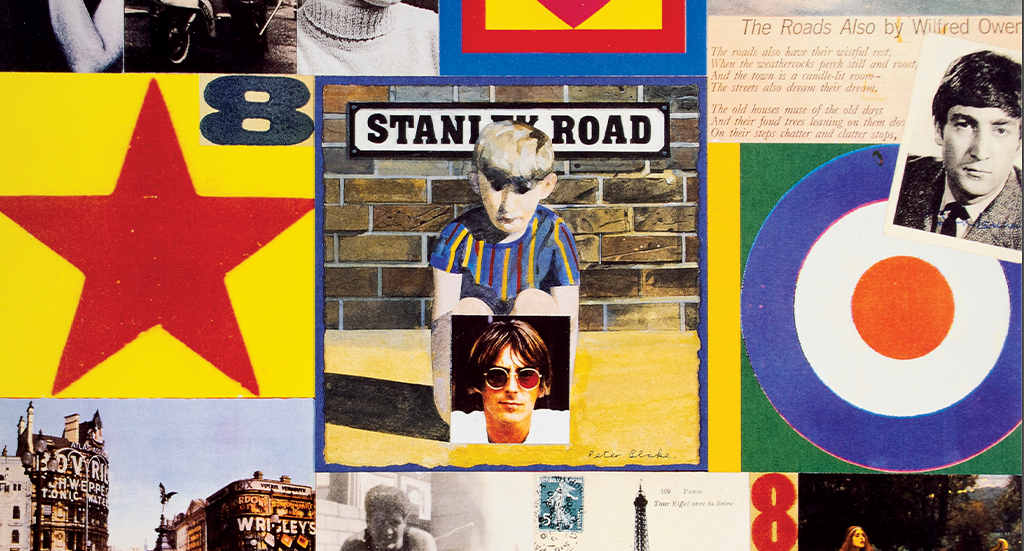
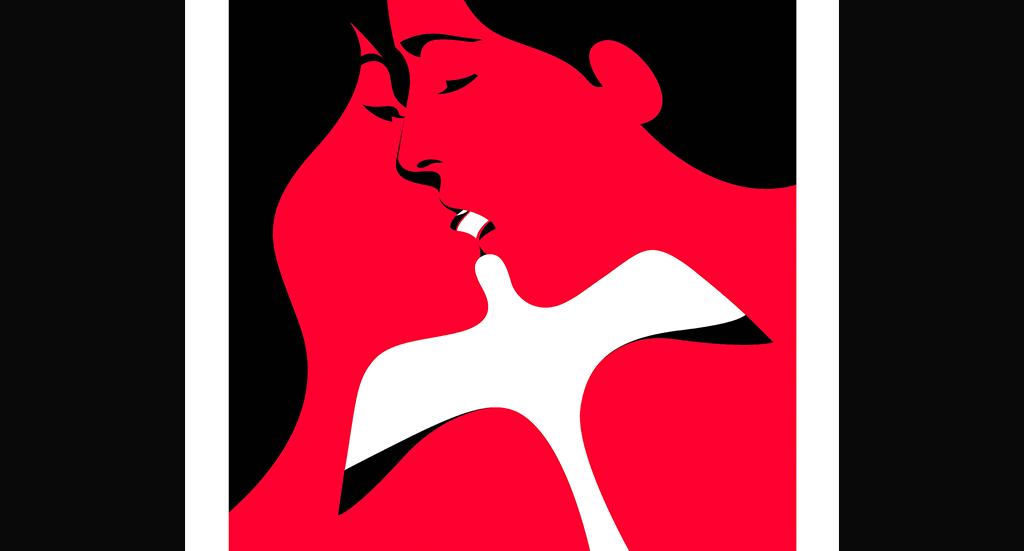
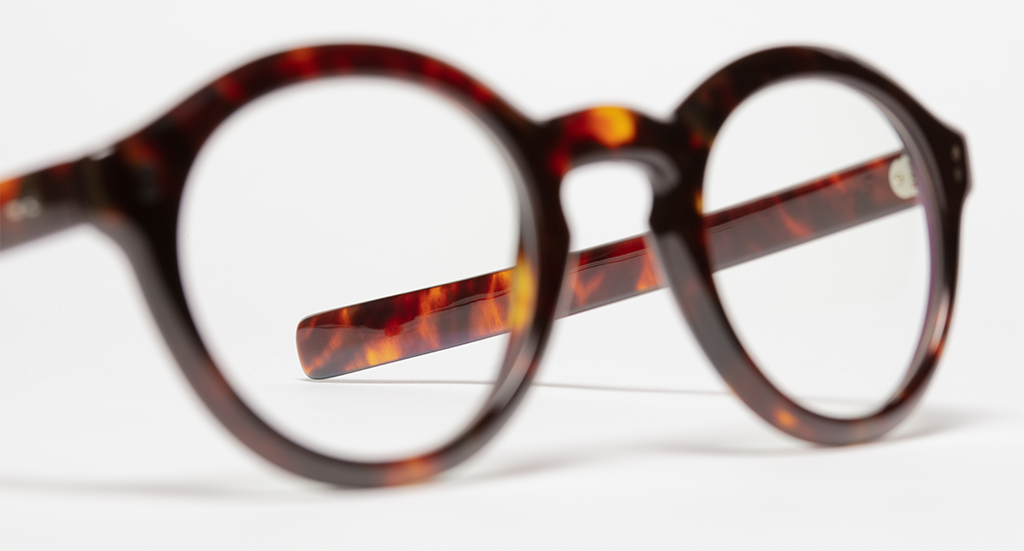

Join our Community